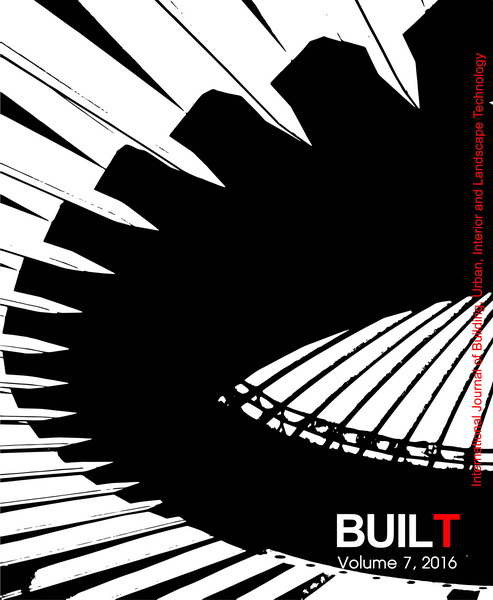A Framework for Geodesign: Changing Geography by Design
Keywords:
Geographic Information System (GIS), Computational geographyAbstract
Geographic Information System (GIS) technology has a long history of driving environmental understanding and decision making. Policy makers, planners, scientists, and many others worldwide rely on GIS for data management and scientific analysis. As the challenges facing our natural and human environments evolve to new levels of complexity, tools must also evolve (ESRI, 2010). The disciplines of geography and design have been around for a long time, but in the last half of the twentieth century they began co-evolving with computing technology. When a small group of people began exploring the new frontier of “computational geography” by blending maps and geographic information with mathematics and computing, they changed the way we see and understand our word. Similar developments occurred in the application of computing technology to the design of major changes to the environment. A new age of geography is dawning: the age of designing.
Downloads
References
Srivanit., M.BUILT 7, 20165859Srivanit., M.BUILT 7, 20165859References:Albert, C., von Haaren, C., Vargas-Moreno, J. C. & Steinitz, C. (2015). Teaching scenario-based planning for sustainable landscape development: An evaluation of learning effects in the cagliari studio workshop. Sustainability, 7, 6872-6892.
Brail, R. K. (2008). Planning support systems for cities and regions. Lincoln Institute of Land Policy, Cambridge, MA.
Crooks, A. T. (2013) Crooks on steinitz: A framework for geodesign: Changing geography by design. Environment and Planning B, 40(6), 1122-1124.
Dangermond, J. (2012). Can geodesign help us adapt to climate change?. Retrieved from Esri Insider blog, 23 April 2012.
Environmental Systems Research Institute [ESRI]. (2010). Changing Geography by design: Selected readings in GeoDesign. Retrieved June 14, 2016 from http://www.esri.com/library/ebooks/GeoDesign.pdf.
Environmental Systems Research Institute [ESRI]. (2012). A conversation with carl steinitz. Retrieved June 14, 2016 from http://www.esri.com/news/arcwatch/0412/a-conversation-with-carl-steinitz.html.
Environmental Systems Research Institute [ESRI]. (2013). Beginnings of Geodesign: A personal historical perspective. Retrieved June 14, 2016 from http://www.esri.com/esri-news/arcnews/summer13articles/beginnings-of-geodesign-a-personal-historical-perspective.
ESRI Press. (2012). A framework for geodesign: Changing geography by design. Retrieved June 14, 2016 from https://esripress.esri.com/.
Ervin, S. (2011). A system for geodesign. Proceedings of Digital Landscape Architecture Anhalt University of Applied Science, Dessau, 145–154.
Haddad, M. A. (2015). Review: A framework for geodesign: Changing geography by design. Journal of Planning Education and Research June, 35(2), 228-230.
Harvard University Graduate School of Design. (2016). Curriculum vitae; Carl steinitz. Retrieved June 14, 2016 from http://www.gsd.harvard.edu/#/people/carl-steinitz.html.
McHarg, I. L. (1969). Design with nature. Garden City, NY: Natural History Press.
Steinitz, C. (1995). Design is a verb; Design is a noun. Landscape Journal, 14(2). 188-200.
Fagg, C. C. & Hutchings, G. E. (1930). An introduction to regional surveying. Cambridge, UK: The University Press.
Haddad, M. A. (2015). Review: A framework for Geodesign: Changing Geography by Design. Journal of Planning Education and Research, 35(2), 228-230.
Downloads
Published
How to Cite
Issue
Section
License

This work is licensed under a Creative Commons Attribution-NonCommercial-NoDerivatives 4.0 International License.












